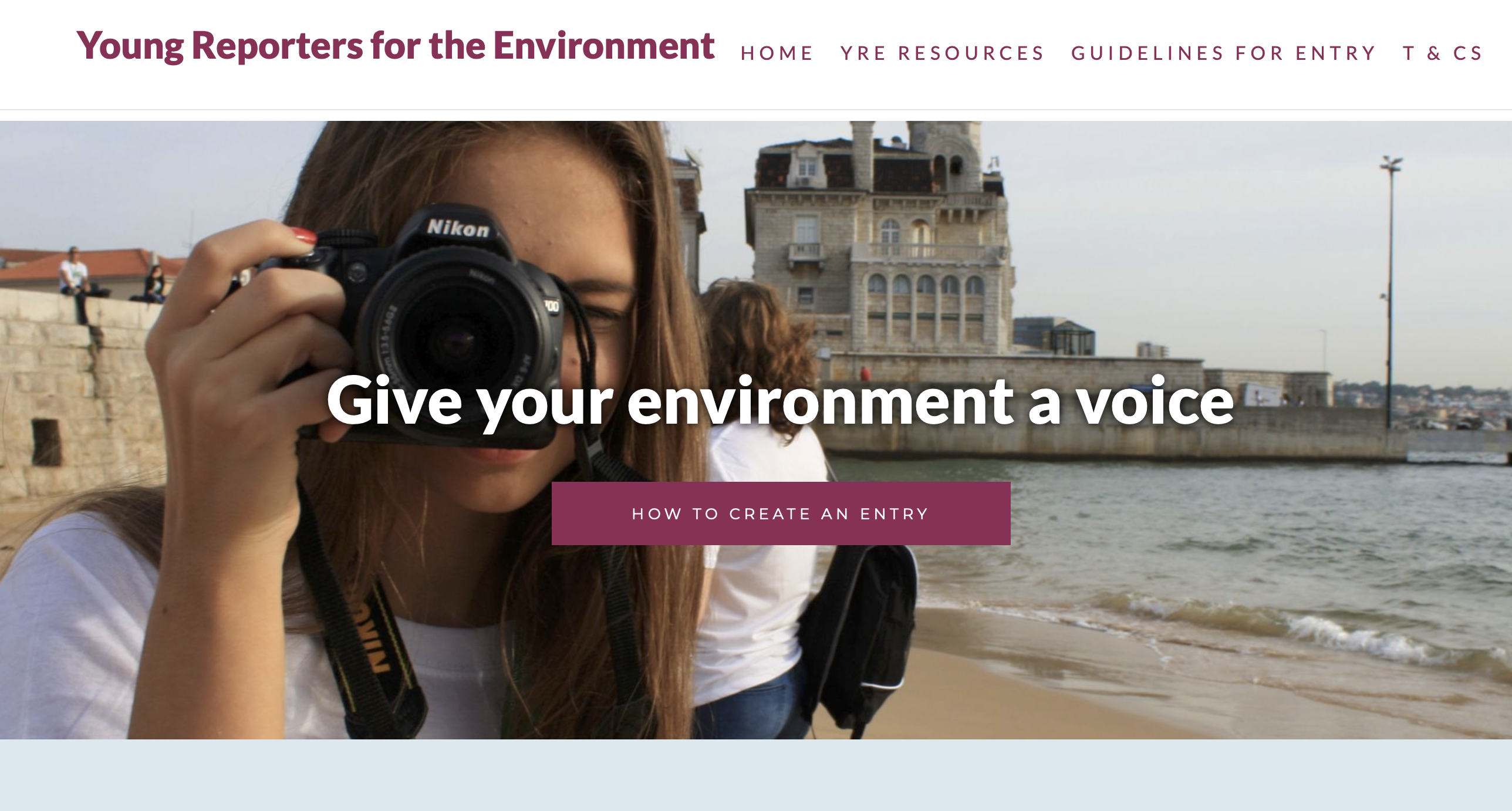Yinka Adedokun, Balbriggan Community College, age 17 wrote this article as part of the Young Reporters for The Environment
While I was out with one of my friends, I noticed that she was vaping, so I took the opportunity to ask her.
“What will you do with it when you’re finished?”
She replied, “I don’t know I’ll throw it away.”
“I’m pretty sure you’re meant to send it back to them.”
She laughed and asked, “am I meant to pay to return it?”
I was at a loss for words.
Most people don’t know how to dispose of a vape because it is written on the box that’s thrown away straight after purchase.
In the 21st century, everything is advancing, both the good, the bad and the in-between. One of the bad things I’ll like to discuss today is vapes. Unlike cigarettes, vapes cannot be disposed of in the waste bin. 1There are three main types of waste produced by vapes, plastic waste, hazardous waste, and technological waste.
What is a Vape?
According to Wikipedia, it is also known as an electronic cigarette. It is an electronic device that simulates tobacco smoking. It consists of an atomizer, a battery, and a cartridge or a tank. However, instead of smoke, the user inhales the vapour. According to the Oxford dictionary, Vaping is the action or practice of inhaling and exhaling vapour containing nicotine and flavouring produced by a device designed for this purpose. Therefore, the device mentioned is called a vape.
Vapes are made from synthetic plastics. Synthetic plastics are derived from crude oil, natural gas or coal. The extraction of these resources is known to have negative impacts on the environment. for example, oil pollution has a devastating effect on the marine ecosystem. It spreads over the surface in a thin layer stopping oxygen from reaching the plants and animals in the water. As single-use vapes become more popular, the number of plastic waste increases. single-use plastics take up to 1000 years to decompose.
Vapes contain a higher concentration of harmful chemicals compared to cigarettes, such as chromium, nickel, manganese, and lead.Most e-liquids contain between 30-50 per cent glycerol. Glycerol is a clear liquid typically made from soybeans, coconuts, or palm oil. The extraction and transportation of these resources can lead to deforestation.
Vapes contain lithium-ion batteries. Although they are not as harmful to the environment as other batteries, extracting them is. In countries such as Chile, Argentina and Bolivia, vast quantities of water are pumped from underground sources to help extract lithium from ores. Lithium excavation has been linked to lowering groundwater levels and the spread of deserts. Incorrect disposal of these batteries is a form of e-waste. E-waste are electronic products that are unwanted, not working, broken, or nearing the end of their useful life. The extraction of the materials and chemicals used to create a vape has a negative environmental impact, so the finished vape should be appropriately recycled. Therefore, single-use vapes are a type of e-waste.
Why is this a big deal?
Teen vaping has gone up 1800% in the last few years. According to singlecare.com, this stat is highly alarming for the health of our youth and the health of our streets. In 2011, 7 million e-cigarettes were consumed. By 2018, it increased to 41 million, and by 2021, it was projected to increase to 55 million by Euromonitor. These terrifying stats are made even worse because 53% of E-cigarette users use Single-use-Vapes! The effect on the users’ health may not be fully known right now, but we already see this rise’s adverse environmental damage. The sharp increase in these vapes causes a sharp rise in the rise of their remains bombarding the streets with litter and lithium. The chemicals in the batteries are toxic to humans, the plastic contributes to the microplastic epidemic, and their oils are sourced from the palm trees grown on what was once the beautiful amazon. This cannot go on.
Upon reading a vape package, I was shocked to find that the only mention of ways to dispose of a vape was to “dispose of contents to an approved disposal site in accordance with local regulations.” In Ireland, there is no regulation for the disposal of vapes. In the United States, the FDA state that 9 E-cigarette and e-liquid waste should not be thrown in the regular trash or flushed down a sink. The correct disposal of these products is stated on their government website here; https://www.fda.gov/files/ctp-ecig-disposal.jpg.
Solutions
My conversation with my friend got me thinking of methods to make vapes less available or easier to dispose of correctly.
Make vapes more expensive to make them less appealing, and this can be done by adding taxes to single-use vapes and fines for vaping in public areas.
Use recyclable or biodegradable plastic for the main body, and there will be times when someone throws a vape in the trash, or it simply falls out of their pockets. Still, if the main body is biodegradable or recyclable, it would not take 1000 years to decompose.
Have the directions for return on the main body of the vape.
Have a vape collection in local supermarkets since vapes contain a lithium-ion battery. Having a collection point in local supermarkets would be a bright idea. This idea is used for regular batteries, and they work well.
1. https://tobaccofreeca.com/environment/vape-waste-more-harmful-than-you-think/
2. http://oilcare.org.uk/what-we-do/impacts-of-oil/
3. http://storage.neic.org/event/docs/1129/how_long_does_it_take_garbage_to_decompose.pdf
4. https://www.forbes.com/sites/daviddisalvo/2019/09/28/the-vaping-drama-gets-even-worse-study-finds-dangerous-heavy-metals-in-some-types-of-e-cigarettes/?sh=4f911bb327da
5. https://www.ncbi.nlm.nih.gov/books/NBK507184/
6. https://www.investmentmonitor.ai/insights/batteries-are-bad-for-the-environment
7. Child labour, toxic leaks: the price we could pay for a greener future | Green economy | The Guardian
8. https://www.ewaste1.com/what-is-e-waste/


